
In Studio Psycho’s HEATHENS, three ragtag demons travel through the Underworld navigating a series of bounties, brawls and high-stakes heists. The pitch is for an independent adult animated series about demons, devotion and the end of an era.
Neda Lay and Morgan Flint are the Melbourne-based dynamic duo behind Studio Psycho. By day, Neda is a storyboard artist at Glitch Productions while Morgan is a production coordinator at Framestore. By night, they’re the co-producers of HEATHENS. The indie studio employs a host of talented industry artists, who often daylight on other productions. As a result, Studio Psycho relies on creative solutions to balance their schedules and budgets with Neda’s fantastic visions for the series.
We sat down with Lay and Flint to discuss HEATHENS as well as the nitty-gritty of running an indie studio in the current global animation climate.
HEATHENS is such an exciting new project! What prompted you both to start your own studio?
Morgan: I think for a lot of people in Indie, you just have a crazy career change, and you take a bit of a leap of faith. So I moved from Western Australia to Melbourne, where all of the animation industry is at in Australia.
And I organized this animation initiative, which was a big training program paired with the making of an independent film. It was going to premiere at the opening of a queer film festival here in Melbourne. I was producing for the first time. I was running the gauntlet. And I was learning about creating pipelines from the ground up. That was the first time I got to experience working with Toon Boom Harmony as well. And I got to facilitate a bunch of training programs and workshops and industry mentors.
That project was a hundred members strong, and required a few leads for each of the departments. And Neda was one of those leads. They were the animation lead, and that’s when I first met them. We just did something pretty crazy and incredible. We finished a short film in less than eleven months. And we got it to the screen. After that, we just had this community of people. Particularly the leads. We just had this little dream team and we knew we wanted to keep making things together. Off the back of that project Neda was able to put “animation lead” on their CV.
And I think that they got discovered by Glitch Productions, and very swiftly moved to Sydney to start working full time for them as a storyboard artist. I remember Neda telling me as soon as they had a steady income. They were just like, “I need to start making my thing.” And I got really, really excited.
During the making of the training project and those eleven months, we would have coffee together to decompress, and they would just lore dump about this crazy universe and this trio of characters. And it just seemed so all-encompassing. So when they asked me to join as co-producer, I did it without a second thought. That’s where we’ve been. We both work full-time during the day; Neda is a storyboard artist, myself as a production coordinator at a different studio. And we just spend most of our evenings and weekends taking care of the crew and pushing the project forward.
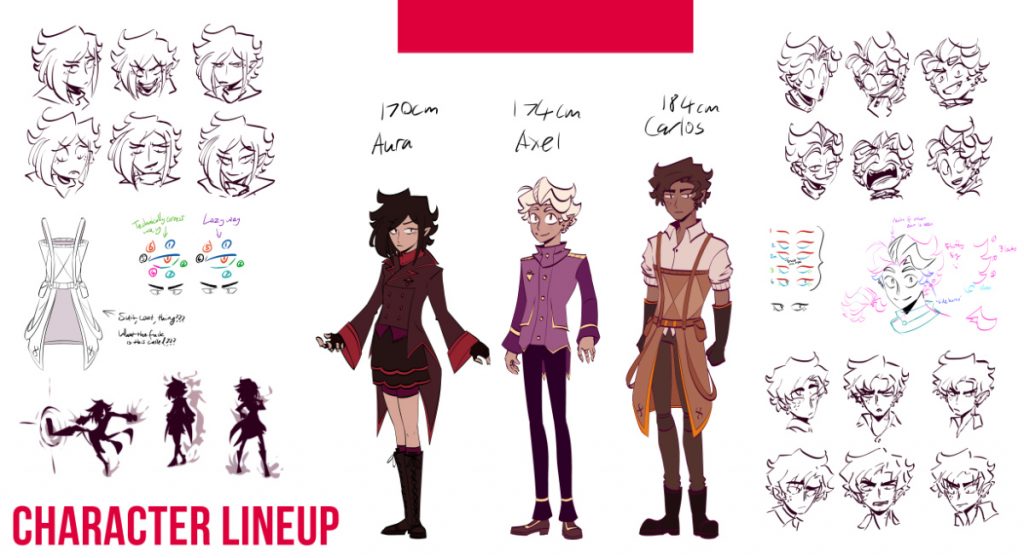
A co-producer wears a lot of different hats, especially on an indie production. What would you say your typical evenings or weekends look like for you in production?
Neda: Well, after I come back from work I die a little bit, and then I open up my PC. What’s my ‘homework’ for today?
Morgan: To make it clearer. We call it ‘homework’ as a joke. It just makes it more accessible.
Neda: Yeah. My superpower is reading something and immediately forgetting it. I need to make sure I have a list of said things at all times in my face. And Morgan is great at listing all those for me all the time. So I just got to read that, and then do things that I need to do immediately as top priority. A lot of [my tasks] are more on the creative side, since me and Morgan started splitting up responsibilities.
Morgan: To be honest, it is such a mix of things. Sometimes I’m working more on the studio business side of things. So I’ll be looking at press stuff, I’ll be looking at sourcing software, onboarding, payroll, that scope of things.
And then sometimes I get to be more involved in the creative stuff. Sometimes me and Neda sit down for writing sessions where they take me through everything. We talk about structure. We talk about feasibility. Sometimes I’m a bouncing board for ideas and character arcs and things. And then sometimes I get to do work with voice actors.
The rest of my time, I really try to focus as much as I can on production, coordination and admin tasks, taking care of the crew, because Neda is really the thing that makes everything tick. And you know, their creative feedback is so valuable. And they need to be available for that at all times. I just try to make sure that they’ve always got time to focus on the thing that only they can do: the directing. The writing.
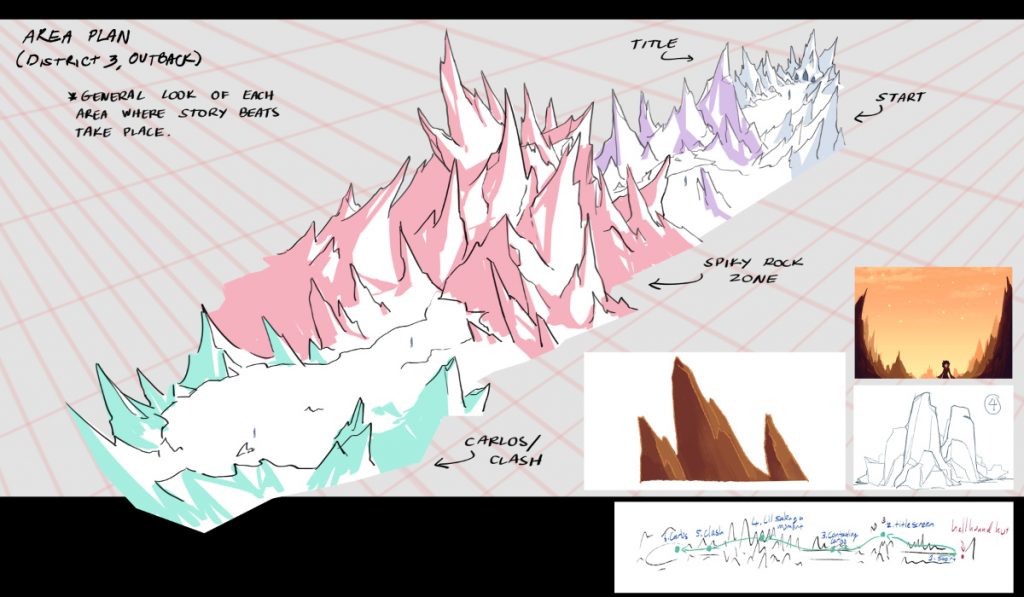
Is your skillset in your day job helpful for all of that?
Morgan: Funnily enough, I got that job through my experience in indie, which is a bit unheard of. But I appreciate that indie animation is gaining a lot of credibility now. People understand that to run an indie studio, you have to be responsible and see parts of production and the business side that you wouldn’t see for many years if you were working within a massive system.
Neda Morgan’s handling a lot of admin and production management stuff while I’m trying to move more into making sure everyone is hitting the vision of the project and keeping the creative side intact.
How big is your team?
Neda: Right now, it’s sixty-ish people. But everyone is on a freelance, side-gig basis.
Morgan: We have a total of about eighty people with sixty active crew right now. Then we’ve got twenty waiting in the wings for their department to kick off. Animation is always a marathon. But in indie it really is a marathon, because an episode might take a year.
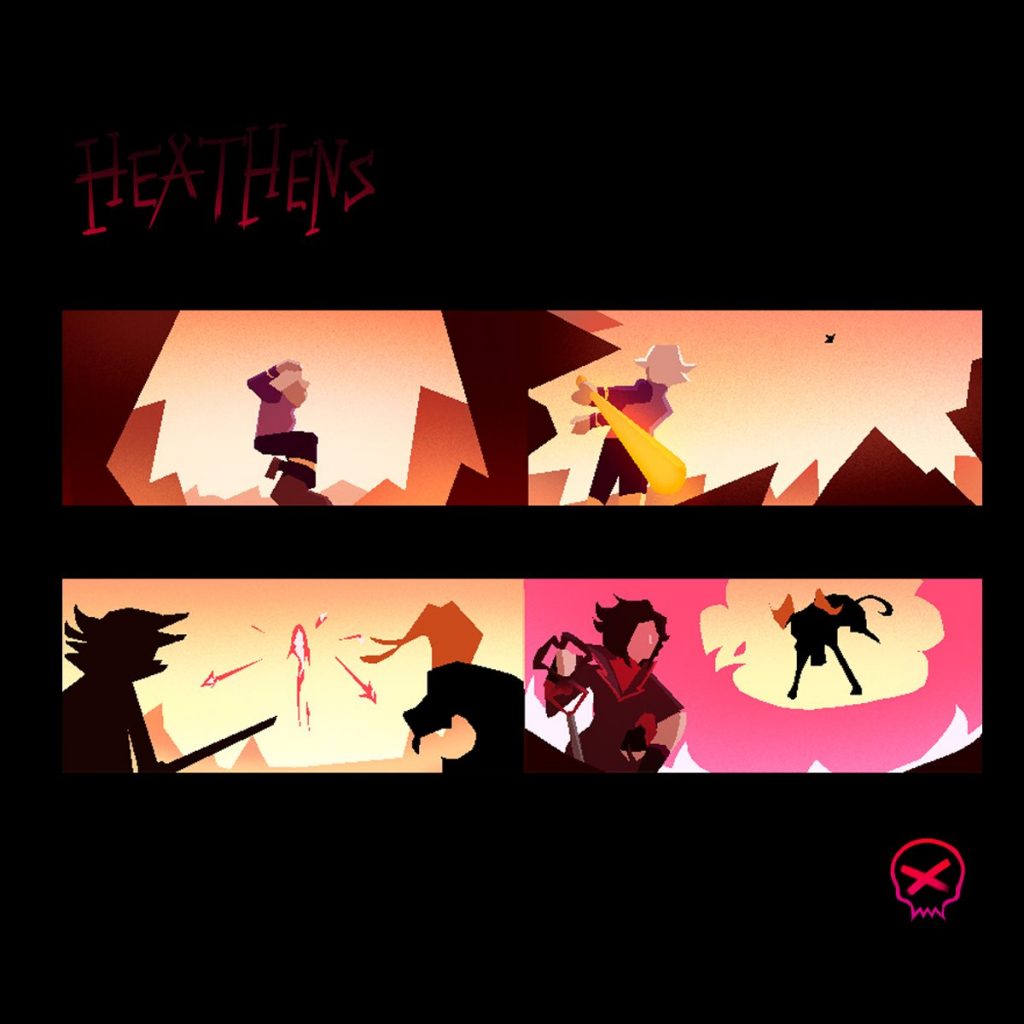
How does everyone having a day job change the nature of the production?
Morgan: We’ve designed production around the idea that, because we have an indie budget, we don’t expect to have anybody’s attention 100% of the time. So we’ve set up production in a way that allows people to have their day jobs and for HEATHENS to be one of multiple gigs.
One of the ways that we’ve made that accommodation is that the timeline is pretty lengthy. There’s a lot of contingency there. We’re really clear about quotas. So people know what they have to do for us and when.
And then we also pay on assignment. So as soon as somebody submits something they can be like, “Hey, I’m ready to be paid!” So that really helps production go at the pace that it does day to day. And it also helps us take care of the crew.
HEATHENS raised nearly $70,000 Australian (~$45,000 USD) on Kickstarter. How successful was Studio Psycho’s first crowdfunding campaign and what did you learn?
Morgan: The Kickstarter campaign was a massive learning curve. It’s a completely different way of thinking. We felt this crazy shift as soon as the Kickstarter went live. When we started seriously prepping for the Kickstarter, we realized that so much of indie production and indie success really hinges on engaging authentically with your audience. So we spent a lot of time in marketing meetings.
Our marketing team, Asterix Studio, taught us a lot about the structure of it. We talk to other indie productions as well, because it’s such a wonderful community where it’s never a competition. You’re always just helping each other out. As we’re all just equally excited for each other’s projects.
We got the advice to not go too crazy in it, especially for the initial goal. We felt that was really important. Because with indie projects, the scariest thing about them is that they might not happen. So we picked a number that would be helpful to us. But obviously, it wasn’t absolutely everything we needed.
We would rather have hit [our target] and feel that win with our community and get them the merch and fulfillment. Yeah, there’s so many things to talk about with Kickstarter.
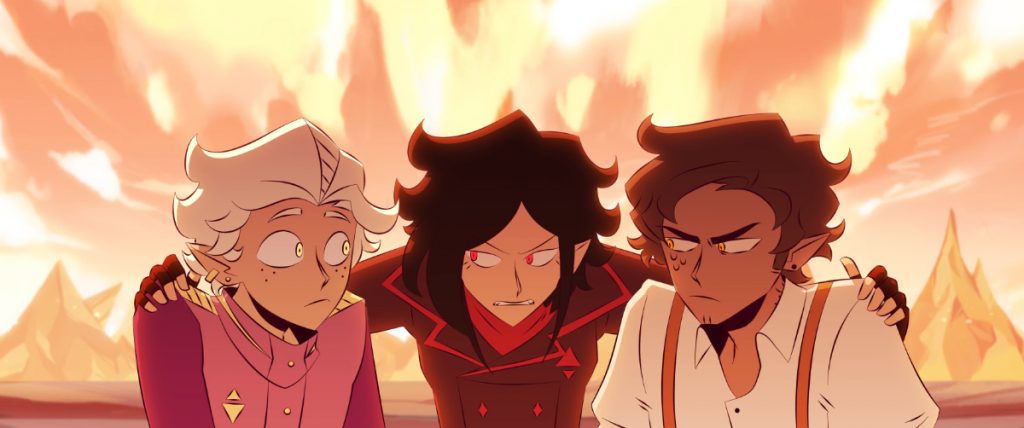
What can you tell us about the plot of HEATHENS?
Neda: It’s an indie action comedy about demons, devotion and an era coming to an end. It’s about a trio of demons who are kickass, but they also are fumbling around and still trying to figure out what it is that they want to devote their life to. That could be a certain organization, or to a certain job or to revenge and stuff.
Right on. And is this your first project with this much creative control, where you really can just make the thing you want to make.
Neda: Yeah, it is big. It’s a gargantuan project. But I am loving it. And I’m really enjoying the creative freedom that I have, just exploring and giving all these characters life.
The pilot is set to be eight minutes long. Will the other episodes be similar?
Neda: The pilot to me is more of an introduction to the characters. That one shows off who these people are and how they’re interacting, and how they’re getting through this one scenario. For the rest of the series, I do want long episodes. I don’t want to rush pacing.
Because I’m not here to write a story. I want to write the story.
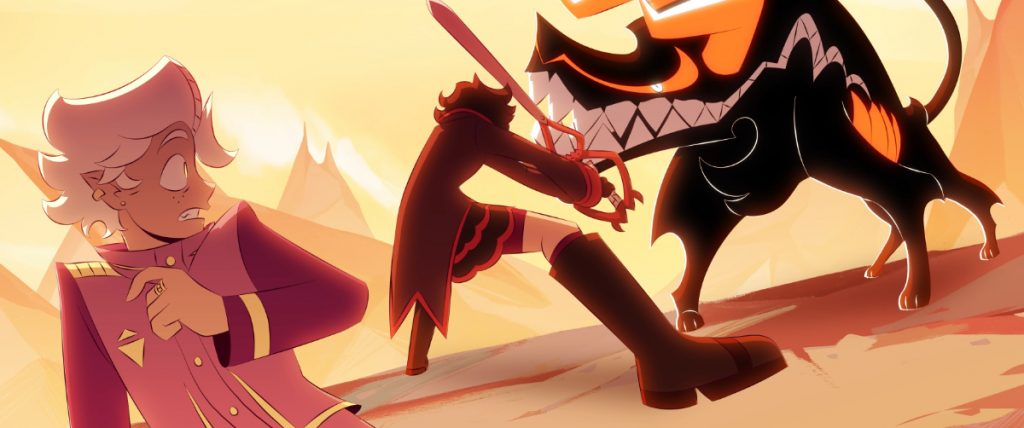
How useful do you find Harmony and Storyboard Pro on an independent series like HEATHENS?
Neda: From my perspective, I really do like those two programs. I really like Harmony for all the ways that it’s not Adobe. And I really love its tools. It has so many tools to make animation feel more traditional and everything.
I find it funny when I look into the deeper side of Harmony, like, “Oh, what’s this customized tab button? Oh, there’s a hundred scripts in here.” And I go through them, “Oh, this is actually useful. Why didn’t they tell me about this?” It’s very adaptable.
Morgan: I like it as well from a production perspective. It makes so much more sense to me that storyboard and the animatic is all inclusive. And as soon as you hone that within the software and you block it and you export it, everything is set up.
Neda: Yeah, the fact that you can convert storyboard files straight to animation files is actually insane. It still has things that need to be tweaked about it. But overall it is very useful. And as an animator it makes my brain feel good.
Morgan: Yeah, we use Toon Boom’s software from the beginning to the end of the pipeline. We use it pretty much all the way through. We have it for storyboard animation and compositing, and if we could use it for background, we would. We’ve talked to people about it before. So we’ve got our fingers crossed for that in the future.
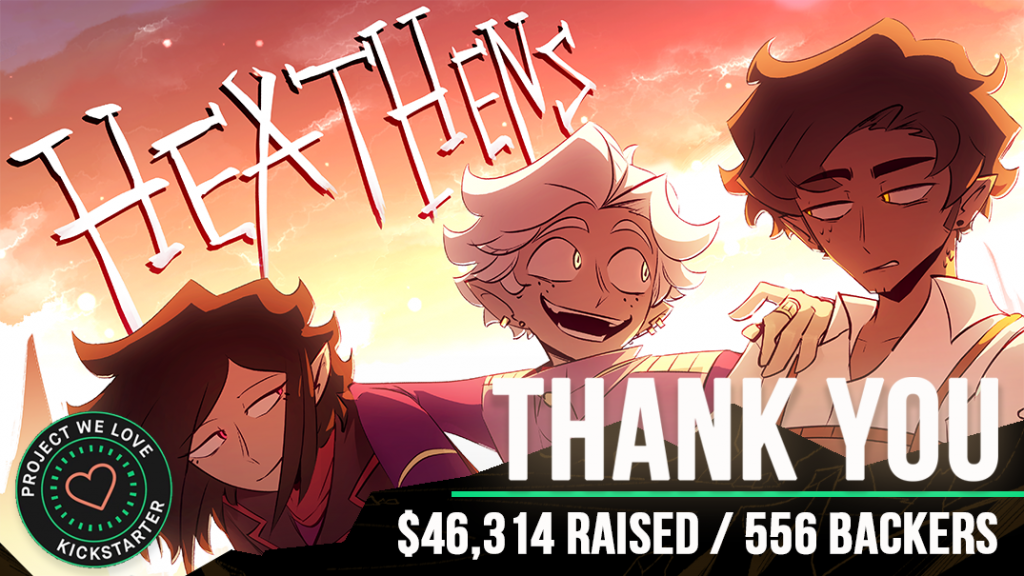
- Keep up with episodes of HEATHENS subscribing to Studio Psycho’s YouTube page. Viewers can support HEATHENS by contributing on their Patreon or buying merch and follow Studio Psycho on Instagram and Bluesky.
- Summoning up the courage to create your next animated project? Artists can download a 21-day trial of Toon Boom Harmony.






